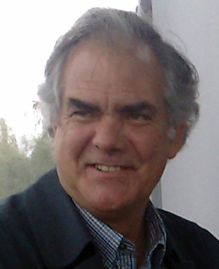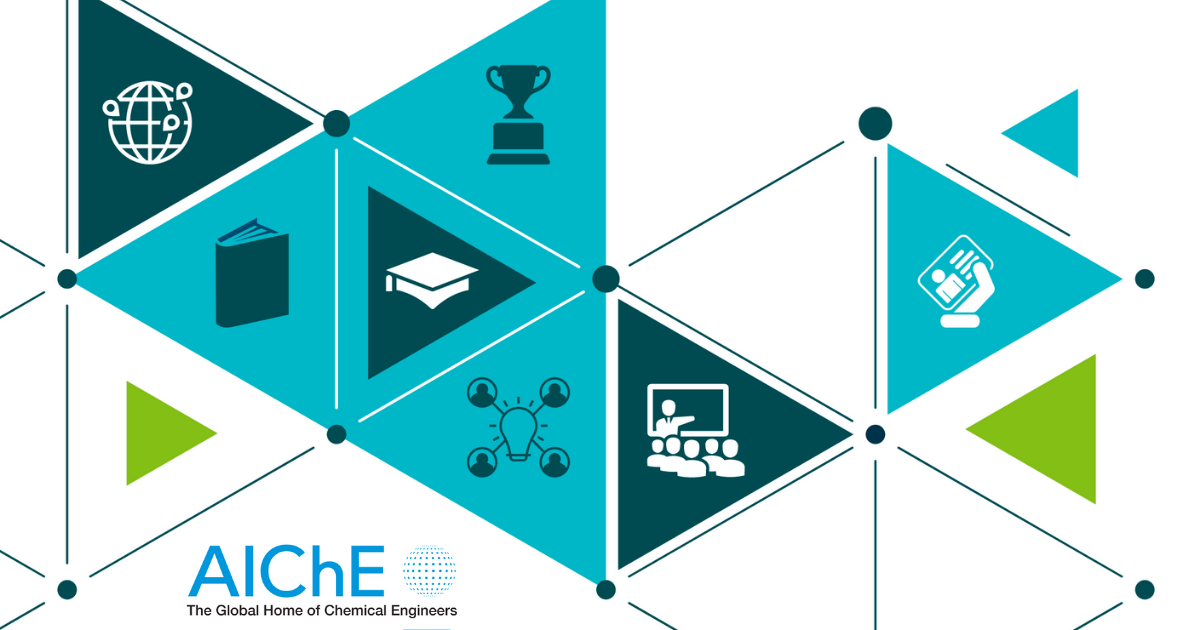
In 1983 Dr. Keller received his Doctor of Philosophy (Ph.D.) and in 1979 his Masters of Science (M.S.) both in Mechanical Engineering and with a focus on energy from the University of California (U.C.) at Berkeley. He has over 180 publications in the refereed literature, proceedings of meetings, international symposia, book chapters, and patents.
While at Sandia National Laboratories (SNL) he had management responsibility for the Combustion in Engines and Hydrogen Energy Department, the Hydrogen and Combustion Technologies Department, and he had programmatic responsibility for the SNL hydrogen program at large. As the SNL hydrogen program manager, he devoted 18 years to building a globally recognized program to advance the science and technologies needed to enable a net-zero green house gas (GHG) emitting energy system. Hydrogen programs and projects he directed include activities in hydrogen fueled conventional technologies (reciprocating and turbine internal combustion engines), fuel cells systems development for utility and transportation applications, materials science for hydrogen storage, hydrogen effects on materials, molecular separation, fuel cell membranes, systems analysis and engineering, thermochemical solar and nuclear hydrogen production, and the science and engineering behind the development of international regulation codes and standards such as understanding unintended hydrogen release behavior and hydrogen effects in materials. The Sandia regulations codes and standards project (program) introduced qualitative risk analyses (QRA) to the National Fire Protection Association (NFPA 2) which was used (and became part of) the first NFPA2 document. Since then NFPA 2 has embraced that methodology to mitigate risk, specifically in the determination of safety distances.
He was the Deputy Director for the MHCoE, which was the largest of three U.S. Centers of Excellence (CoE) with 19 partners (industry, university, and laboratory). In 2010, the three CoE’s were awarded the DOE’s meritorious achievement award for their “outstanding contribution to advancing the state-of-the-art in hydrogen storage”.
As recognition for his leadership abilities, in 2009 he was awarded The DOE Hydrogen Program Meritorious Award (with special recognition for outstanding technical contributions).
After 30 years he left SNL in 2011 and is now a technical consultant to the DOE Fuel Cell Technology Office and supports all C&S international engagements. His activities included co-chairing (alternate to Dr. Laura Hill) Regulation Codes Standards and Safety Working Group (RCSSWG) of the International Partnership for Hydrogen and Fuel Cells in the Economy (IPHE), Senior Technical Staff at FCHEA, Co-Chair (Alternate to Dr. Laura Hill) H2USA Market Support and Acceleration Working Group, the Technical Program Director (TPD) for the Build Environment and Safety ISO/TC197, and a member of the ISO/TC197 Technical Advisory Board (TAB), Chair of the Research Committee of the International Association for Hydrogen Safety, and Co-Managing Board Member of Energy Technology Integration for AdapTec SA . In his capacity as the TPD for the build environment and safety he oversaw the development of TC197 IS 19880-1 the fueling station standard. In that standard is (for the first time) are provisions for QRA to be used in determining Risk associated with Hydrogen Fueling Stations (HFS) and use to guide the design of the station to achieve a particular risk level. This has been embraced by the TC197 Hydrogen Technologies international community.
